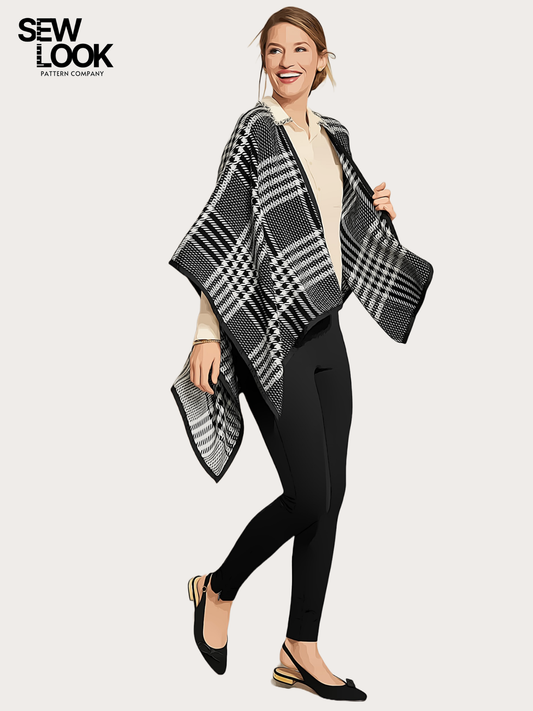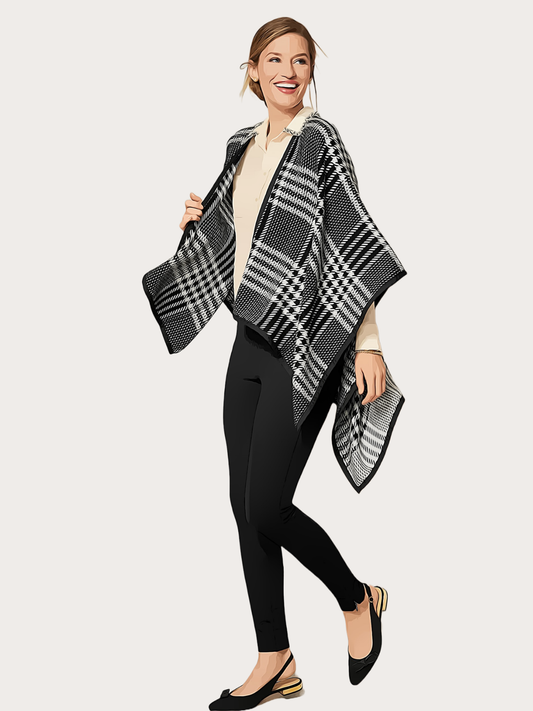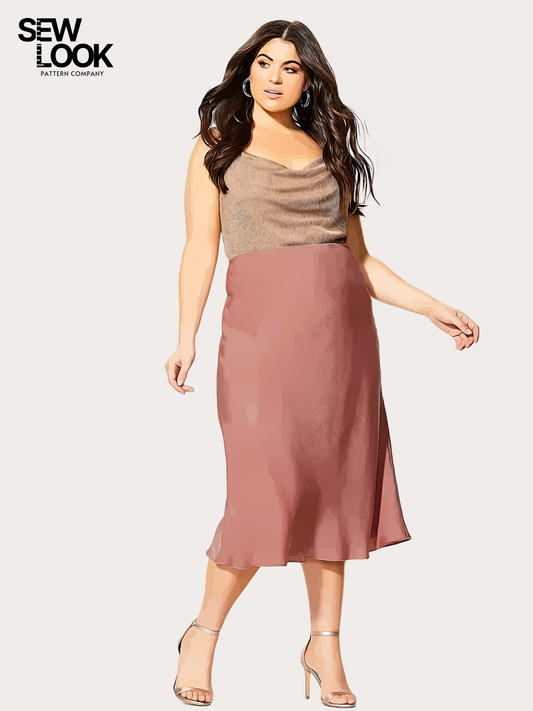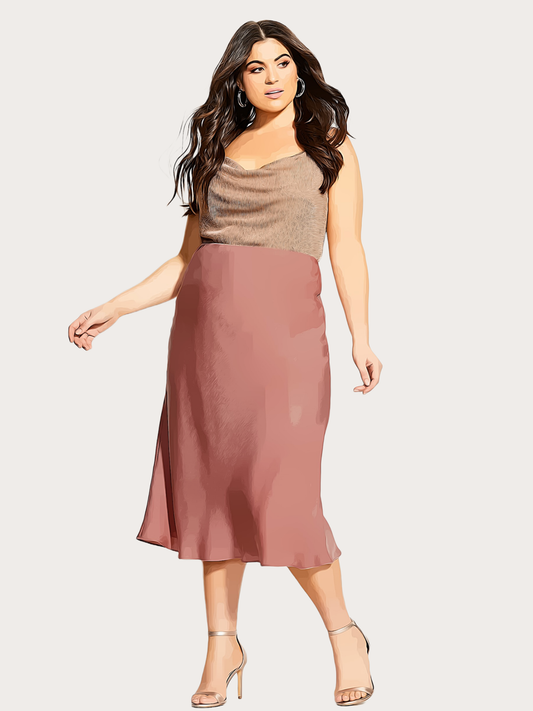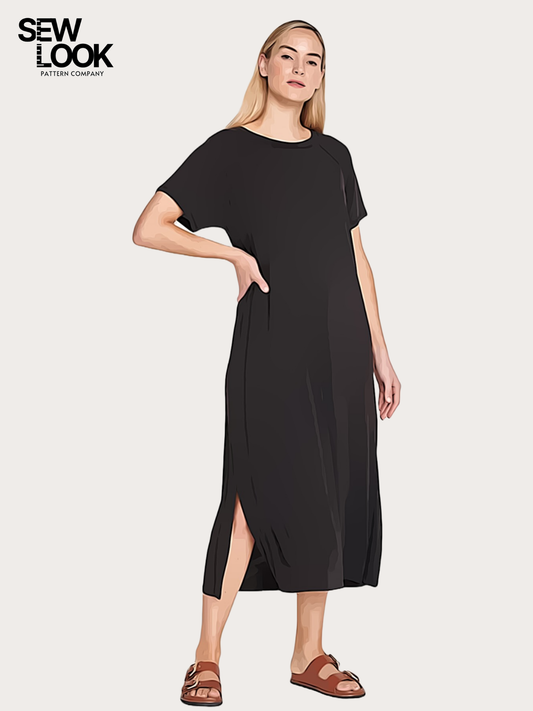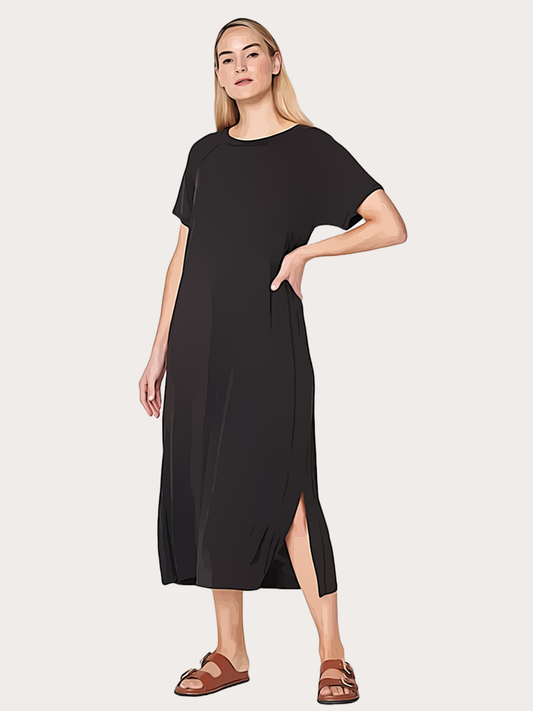Linen Fabric
What is Linen Fabric?
Linen is a woven, natural fiber that is breathable, light to heavy weight, with a cooling effect.
Typically linen fabric is 100% Natural, but can included other fibers such as rayon, Lycra, and polyester.
This fabric comes in many different weights.
History of Linen Fabric
Linen fabric embodies a unique blend of history and sophistication. Delve into the captivating world of linen, a natural textile that has stood the test of time, exuding elegance and charm in every thread. Derived from the fibers of the flax plant, linen is a testament to nature's ingenuity. The process of creating linen involves transforming flax stalks into yarns, resulting in a fabric that retains the plant's inherent beauty and integrity.
Linen's history in fashion is characterized by its versatility and eco-consciousness. From classic suiting to flowing summer dresses, linen adapts effortlessly. Its minimal water and pesticide requirements align with today's environmentally conscious values, making it a frontrunner in sustainable fashion. Linen's journey in the fashion community is a tale of enduring charm and contemporary resurgence. Discover the historical significance and recent revival of linen fabric in garment production, showcasing its timeless elegance.
Application and usage
Dresses, shirts, shorts, pants, trench coats, shells for outerwear, lounge wear. Linen is a fashion multiplayer.
Care Instructions
-
Machine or Hand wash only.Wash in cool water with a gentle soap or detergent. If stained, soak in lukewarm water with soap for five minutes. Gently rub the stain/s and rinse. Linen is easy to clean and care for in a home laundry.
-
Line Dry - Since linen is natural fibers, the process of wet to dry in the standard dryer will shrink the fibers.
Linen's magic lies in its breathability. Its natural fibers possess remarkable moisture-wicking properties, ensuring you stay comfortable in various climates. Whether you're strolling under the sun or embracing a gentle breeze, linen's lightweight nature offers a sense of ease that's hard to match.
Imagine a fabric that feels effortlessly cool to the touch, a hallmark of linen's distinct texture. Its subtly textured surface adds depth to its appearance, inviting both the eye and the hand to explore its tactile beauty.
Linen's allure extends beyond fashion, gracing homes and lifestyles with its presence. From bedding that promises serene sleep to tablecloths that set the tone for elegant gatherings, linen adds a touch of understated luxury to every facet of life.

Linen's eco-friendly nature aligns with the values of sustainable fashion. Designers who prioritize ethical and eco-conscious choices often turn to linen as a responsible fabric option.
Linen can absorb dyes exceptionally well, resulting in vibrant and lasting colors that enhance its visual appeal.
Linen possesses a natural luster that gives it a subtle sheen, enhancing its elegant appearance even without additional finishes.
Linen is renowned for its breathability and cooling properties. It has the ability to wick away moisture from the body, making it a popular choice for summer garments.
the history of linen fabric in garment production is a journey of timeless appeal and contemporary relevance. From ancient societies to modern runways, linen's elegance endures. As it continues to grace fashion collections, it reminds us that style can be as sustainable as it is sophisticated.
-
Plain Linen: This is the most basic and widely used type of linen fabric. It has a simple, even weave and is often used for a variety of garments due to its versatility.
-
Handkerchief Linen: Handkerchief linen is extremely lightweight and delicate. It's characterized by its sheer appearance and is often used for summer blouses, dresses, and scarves.
-
Irish Linen: Irish linen is known for its high quality and smooth texture. It's often used for formal shirts, suits, and dresses due to its refined appearance.
-
Linen Canvas: Linen canvas has a more pronounced texture and heavier weight. It's used for durable garments like outerwear, pants, and structured dresses.
-
Linen Chambray: Linen chambray has a plain weave with a colored yarn in the weft and a white yarn in the warp. It offers a casual, denim-like look and is suitable for shirts, dresses, and casual wear.
-
Linen Jersey: Linen jersey is a knit linen fabric that offers the comfort and stretch of jersey knit. It's used for casual and relaxed garments like t-shirts and loungewear.
-
Linen Twill: Linen twill has a diagonal pattern in its weave. It's more durable and often used for pants, jackets, and structured dresses.
-
Linen Voile: Linen voile is semi-transparent and lightweight, making it perfect for breezy summer dresses, blouses, and curtains.
-
Linen Gauze: Linen gauze has an open, loose weave that gives it a slightly textured and airy appearance. It's used for lightweight summer garments and beach cover-ups.
-
Linen Blend: Linen can also be blended with other fibers like cotton, silk, or rayon to enhance certain properties. Linen-cotton blends, for example, combine the breathability of linen with the softness of cotton.
-
Linen-Look Fabric: This is often made from other fibers but designed to mimic the appearance and texture of linen. It's used when a linen-like appearance is desired but with different performance characteristics.
In conclusion, Renowned fashion designers have embraced linen for its effortless elegance. Designers like Ralph Lauren, Stella McCartney, and Isabel Marant have featured linen garments in their collections, showcasing its versatility on the runway. Linen's clean lines and natural aesthetics align with the principles of minimalistic fashion. It seamlessly integrates into minimalist wardrobes, adding an element of sophistication. When choosing a type of linen fabric for garment production, consider factors like the desired weight, texture, and intended use of the garment. Each type of linen fabric offers its own unique qualities, allowing you to create garments with specific looks and functions. Happy Stitching! - Sew Look
